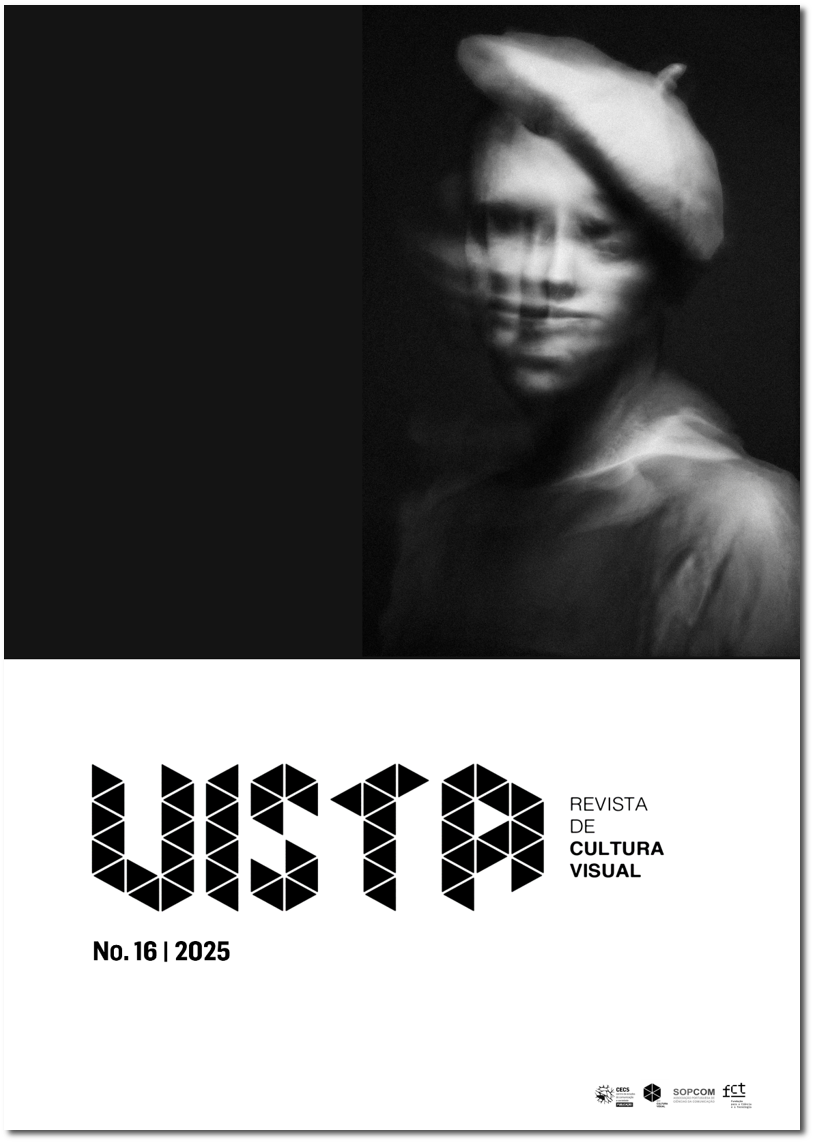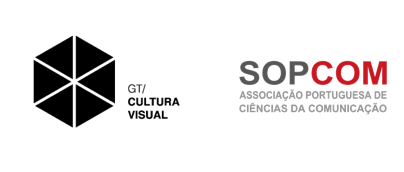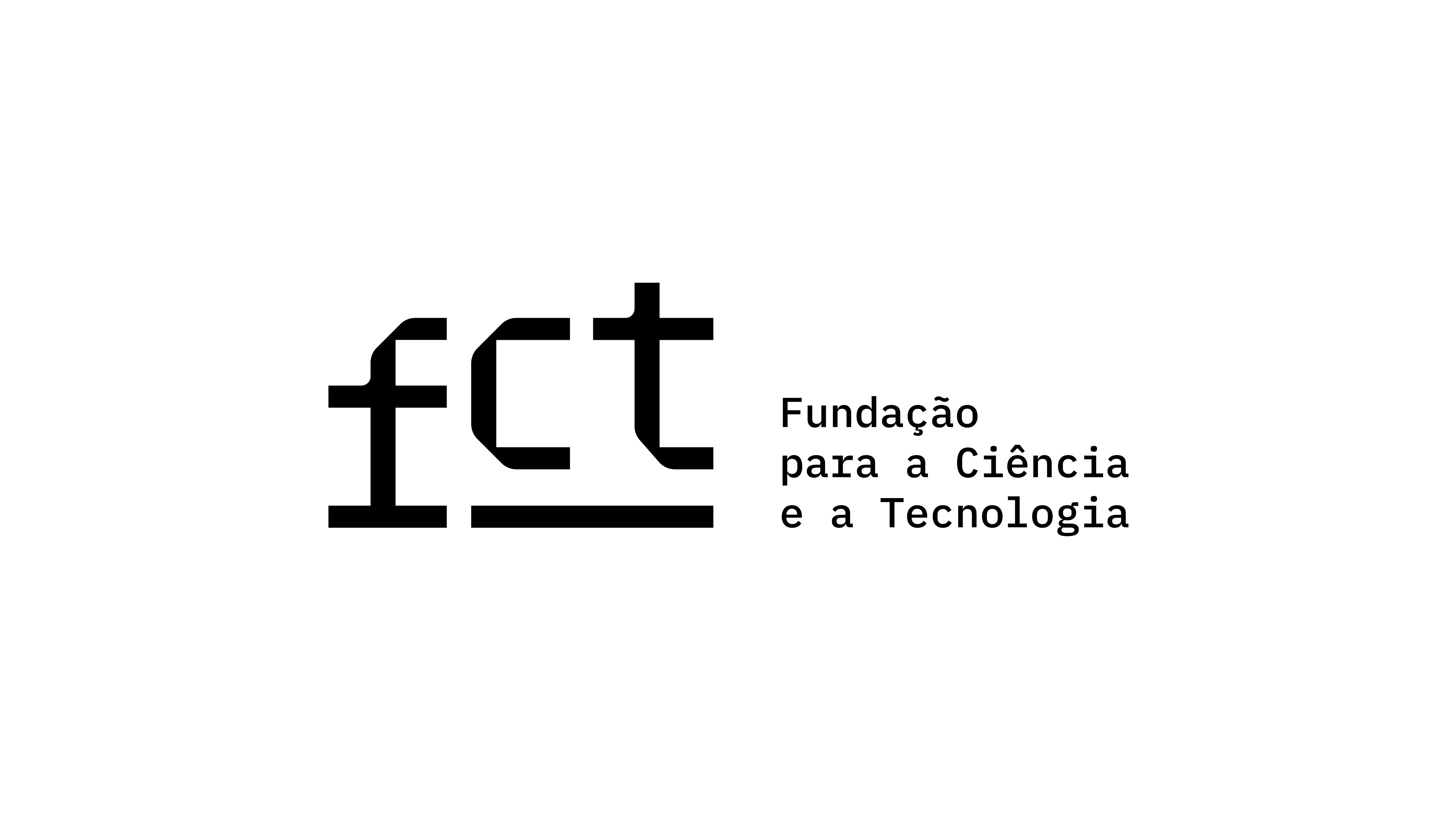From Tangible to Phygital: Creative Methodologies and Physical–Digital Integration in Contemporary Post-Digital Art
DOI:
https://doi.org/10.21814/vista.6351Keywords:
phygital , taxonomy, Portalegre tapestries, a/r/cographyAbstract
This study aims to present the articulation between a proposed phygital taxonomy and the a/r/cographic methodology, thereby offering an integrated methodological framework for analysing and guiding contemporary hybrid artistic practices. In recent years, contemporary artistic creation has been characterised by the fusion of the tangible and the virtual — a phenomenon referred to as "phygital". This concept describes the interconnection between physical and digital elements, which is redefining processes of production, appreciation, and interaction with art. The phygital taxonomy presented here enables the mapping of new hybrid territories. It facilitates a detailed evaluation of the symbiosis between the material dimension, including technological devices, and the virtual or digital dimension, resulting from the execution of code or the reproduction of digital media. The a/r/cographic methodology, in turn, structures the creative process around three essential axes: aesthetics (the cognition, emotions, and sensations elicited by the work), aptitude (the technical and conceptual skills demonstrated), and function (the socio-cultural and communicative impact of the work). The artwork Texel2048Loom, developed by the first author of this study, illustrates the proposed approach. This text also underscores the need for further refinement, particularly in ethical, cultural, and multisensory dimensions, offering clear contributions to future research and practice in post-digital art.
Downloads
References
Alacovska, A., Booth, P., & Fieseler, C. (2020). The role of the arts in the digital transformation. Artsformation Report Series. https://doi.org/10.2139/ssrn.3715612
Cox, G. (2015). Postscript on the post-digital and the problem of temporality. In D. M. Berry & M. Dieter (Eds.), Postdigital aesthetics (pp. 151–162). Springer. https://doi.org/10.1057/9781137437204_12
Del Vecchio, P., Secundo, G., & Garzoni, A. (2023). Phygital technologies and environments for breakthrough innovation in customers’ and citizens’ journey. A critical literature review and future agenda. Technological Forecasting and Social Change, 189, Artigo 122342. https://doi.org/10.1016/j.techfore.2023.122342
Dewey, J. (1934). Art as experience. Perigee Books.
Dokholova, A. (2023). Features of digital public art of the twenty-first century: Art of physical and virtual space. Collection of Scientific Works “Notes on Art Criticism”, (43), 3–8. https://doi.org/10.32461/2226-2180.43.2023.286827
Fadeeva, T. E., & Staruseva-Persheeva, A. D. (2023). Generative practices in creative industries: The phigital aspect of artistic design. Dom Burganova. Prostranstvo Kul'tury, 19(3), 79–89. https://doi.org/10.36340/2071-6818-2023-19-3-79-89
Grau, O. (2002). Virtual art: From illusion to immersion. The MIT Press. https://doi.org/10.7551/mitpress/7104.001.0001
Hansen, M. B. N. (2003). New philosophy for new media. The MIT Press.
He, K., Zhang, X., Ren, S., & Sun, J. (2016). Deep residual learning for image recognition. In 2016 IEEE Conference on Computer Vision and Pattern Recognition (pp. 770–778). IEEE. https://doi.org/10.1109/cvpr.2016.90
Jewitt, C., van der Vlugt, M., & Hübner, F. (2021). Sensoria: An exploratory interdisciplinary framework for researching multimodal & sensory experiences. Methodological Innovations, 14(3), 1–17. https://doi.org/10.1177/20597991211051446
Kingma, D. P., & Welling, M. (2013). Auto-encoding variational bayes. arXiv. https://arxiv.org/abs/1312.6114
Kiousis, S. (2002). Interactivity: A concept explication. New Media & Society, 4(3), 355–383. https://doi.org/10.1177/146144480200400303
Liu, B., Zhu, Y., Song, K., & Elgammal, A. (2021). Towards faster and stabilized GAN training for high-fidelity few-shot image synthesis. arXiv. https://doi.org/10.48550/arXiv.2101.04775
Manovich, L. (2001). The language of new media. The MIT Press.
Munster, A. (2011). Materializing new media. UPNE.
Springgay, S., Irwin, R. L., Leggo, C., & Gouzouasis, P. (2008). Being with a/r/tography. Brill.
Veiga, P. A. da. (2019). A/r/cography: Art, research and communication. In Proceedings of Artech 2019, the 9th International Conference on Digital and Interactive Arts (pp. 1–9).Association for Computing Machinery. https://doi.org/10.1145/3359852.3359859
Veiga, P. A. da. (2021). Método e registo: Uma proposta de utilização da a/r/cografia e dos diários digitais de bordo para a investigação centrada em criação e prática artística em média-arte digital. Rotura – Revista de Comunicação, Cultura eArtes, (2), 16–24. https://doi.org/10.34623/y2yd-0x57
Weiler, J., Ingalls, T., & Kuznetsov, S. (2022). Lithobox: Exploring hybrid crafting practices through a collaboration across digital fabrication and fine arts. Leonardo, 55(3), 230–234. https://doi.org/10.1162/leon_a_02197
Yu, D., & Yao, W. (2023). Research on holographic display and technology application of art museum based on immersive design. Journal of Physics, 2425, 1–8. https://doi.org/10.1088/1742-6596/2425/1/012048
Downloads
Published
How to Cite
Issue
Section
License
Copyright (c) 2025 Nelson Caldeira, Pedro Alves da Veiga, João Cordeiro

This work is licensed under a Creative Commons Attribution 4.0 International License.
Authors own the copyright, providing the journal with the right of first publication. The work is licensed under a Creative Commons Attribution 4.0 International License.













